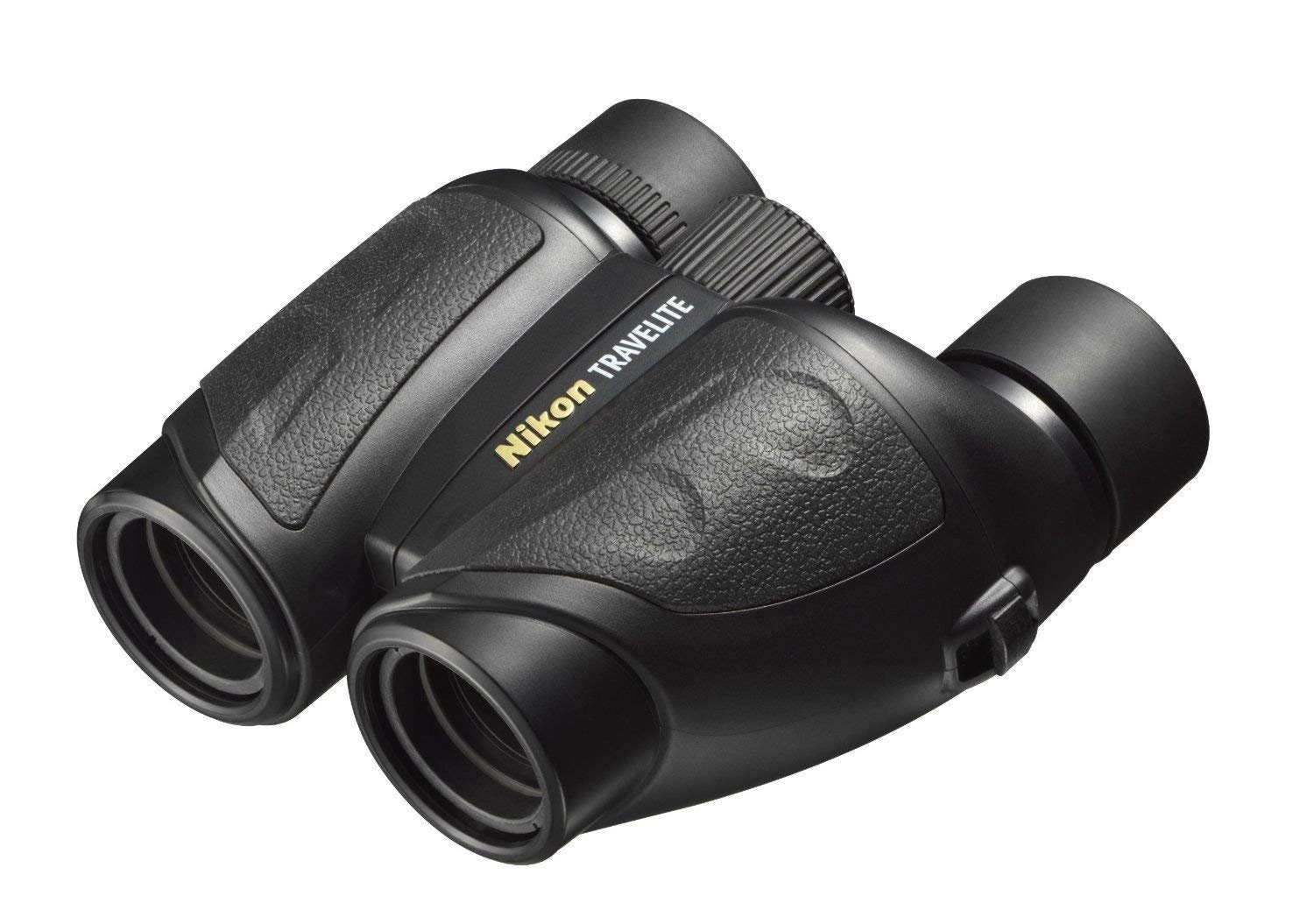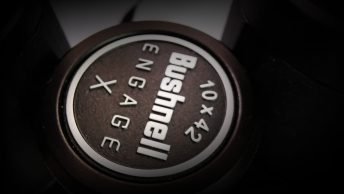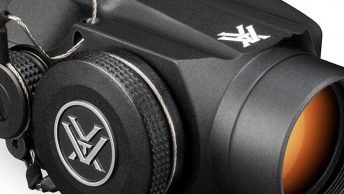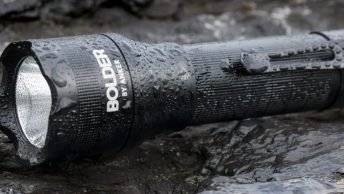PointOptics is reader supported. We earn an affiliate commission if you buy through our links . Learn More.
Nikon is a name that anyone who’s ever dabbled in sport optics has heard of at one point or another. It’s a very reputable company with quite a lot of binoculars. However, one glaring downside is that they tend to focus more on higher end optics. This puts them out of reach for many people, as not everyone is prepared to spend a lot of money on a pair of compact binoculars.
Fortunately, there are a few exceptions to that rule, and the Nikon Travelite 10×25 is a great example. Nikon binoculars are known for their great optical clarity and stellar build quality. But what happens when you’re looking at a pair of compact binoculars with a price that rivals some of the budget brands that aren’t very well known? Do you still get that clarity and build, or are corners being cut to keep the price down? Let’s find out.
Taking a look at the design.
We’ll start things off on the outside, with the design. The Travelite 10×25 have what’s known as a reverse Porro prism system. In this situation, the eyepieces are spaced wider than the lenses. This is one of the reasons why we have binoculars that do quite a bit in terms of performance and optical clarity, while remaining small and lightweight. The design is built into a polycarbonate body which also makes use of a bit of carbon fiber as well. Carbon fiber is an incredibly stiff, yet very lightweight material, ideal for such applications. As a comparison, Nikon also offers the Prostaff 10×25, which is made of polycarbonate, with no carbon fiber. That one comes with a 3.4oz weight penalty over the Travelite Nikon binoculars, which tip the scales at 9.5oz.
However, all that light weight wouldn’t mean much if the compact binoculars weren’t built well. Fortunately, they are, as the whole body has a rubber coating to help with the grip. They won’t be slipping out of your hands anytime soon, and even if they do, there’s a bit of shock resistance due to the rubber. A potential downside is that they aren’t nitrogen purged, and they aren’t completely sealed. This means that if you’re out in foul weather, you might notice some fogging on the inside of the lens. It does disappear after a while, but it might get in the way. Also, if you get caught out in the rain, you’re better off with just putting them in your backpack.
Last but not least, we have one focus knob at the center, and another one on the right eyepiece. The center focus knob is smooth and easy to rotate. This lets you adjust quickly and precisely, and nail the focus every time. For people who wear eyeglasses, the diopter adjustment on the right eyepiece works like a charm. It’s also a click-type adjuster, so it won’t move if you throw the binoculars in your backpack. Oh, and if you do wear glasses, there’s 11.1mm of eye relief, which is plenty.
Moving on to the inside.
With these compact binoculars, you’re looking at a 10x magnification, and a 25mm objective lens diameter. We’re talking about compact Nikon binoculars, and since they’re commonly used for things such as bird watching or spectating at events, 10x is a pretty good magnification factor. You’ll get fairly close, and still get to keep a decent field of view, 262 feet at 1000 yards. If you intend to use these indoors, the minimal focus distance is 9.8 feet, which does leave a bit to be desired. The 25mm lens will let in plenty of light, so you can get an image that’s bright, crisp, and with plenty of contrast. Sure, you might think that bigger could be better here, but we’re discussing compact binoculars, and going over 25mm would result in a pair that suddenly isn’t that small.
We have a BAK4 high index prism, which is the best option we could get, and we wouldn’t expect anything less. The optics are multicoated with multiple layers of anti-reflective compounds. This adds to the brightness and helps keep the image sharp. On this pair of Nikon binoculars you’ll also find aspherical lenses. Nikon claim that they eliminate any distortion, and we’ve found that this claim is actually true. This is a notable advantage over competitors in this price range.
How do they perform?
During the daylight, they’re amazing. The image is crisp and clear, with plenty of contrast. Distinguishing details on objects that are further away is very easy, and we didn’t have any issues with them whatsoever. They also performed well in strong light, and they dealt with any reflections admirably. The binoculars are lightweight, easy to hold and operate, and the focus adjustment knob works like a charm.
However, when the light isn’t that good, the Travelite compact binoculars start to show their weakness. The image quality isn’t all that good, and we did have some trouble with details on objects that were further away. This is due to the 2.5mm exit pupil, which could’ve been a bit larger if Nikon wanted better low light performance.
Wrapping things up – are they worth it?
As we said in the beginning, Nikon are often known for their high end optics. However, the Travelite compact binoculars are a great piece of sport optics. They aren’t perfect, though. The lack of weather sealing is a major bummer, and might be a dealbreaker for many. To add to that, the low light performance does leave a lot to be desired.
However, when you factor in the price, and that you’re getting Nikon binoculars at that price, you’re still getting a great pair of optics. If you can look past the downsides, and if you’re looking for a good pair of all-round compact binoculars, they’re definitely something to consider.







